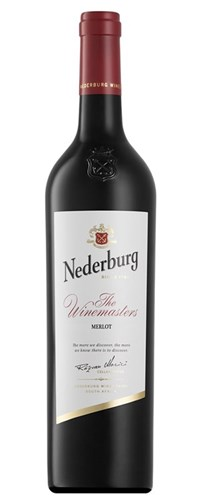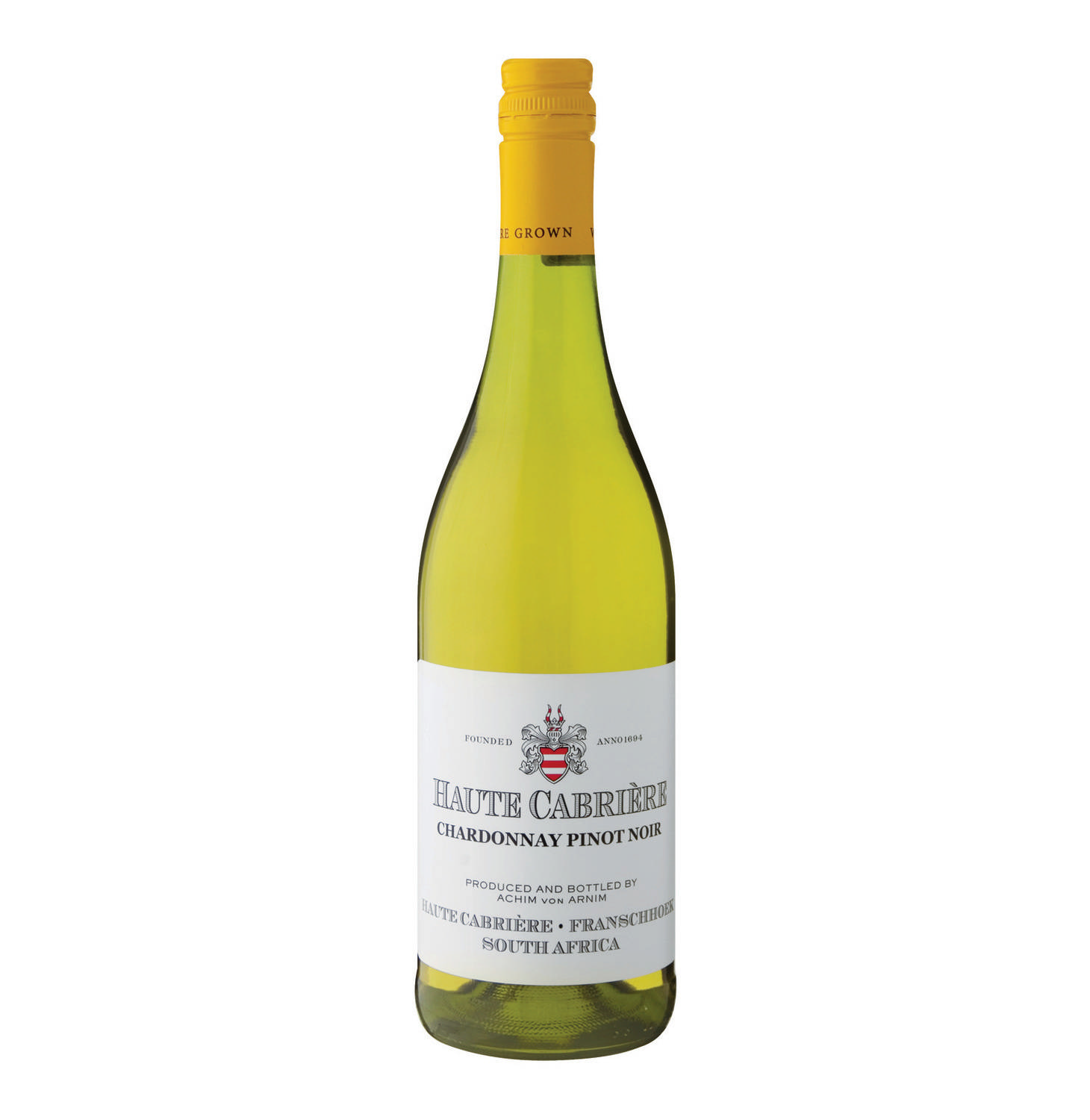Wine Characteristics – What is a Wine Taster Looking For?
 The combination of sensations created by a wine is assessed by the wine taster during wine tasting. The taster checks if the characteristics of the component grape varieties are exhibited by the wine. Apart from the varietal qualities, the taster looks for harmony and expressiveness in the wine.
The combination of sensations created by a wine is assessed by the wine taster during wine tasting. The taster checks if the characteristics of the component grape varieties are exhibited by the wine. Apart from the varietal qualities, the taster looks for harmony and expressiveness in the wine.
Appearance, bouquet and flavor are the indicators used to size up wine quality. The taster assesses factors like the clarity, color and presence of sediment or floaters. The aroma or bouquet of the wine plays a big role in its flavor and uniqueness.
A sip of the wine brings out the level of acidity, sweetness, tannin and alcohol. The combination of these factors creates the first taste of the wine, and none of these should dominate. When the wine is swirled around in the mouth, the tastes and flavors are brought out. The taste buds are saturated and more of the aroma is released. At this time the developing flavors can be experienced fully. The lingering flavor of the wine after it is swallowed is the aftertaste. The wine may feel heavy or light, creamy or crisp, dry or sweet.
Qualities examined for grading wines
There are established standards to grade wines according to possibility of faults, character and complexity, and potential.
Character and Complexity: The unique blend of tastes and flavors of the wine shows its character. The balance of the level of acidity, sweetness, tannin and alcohol is the integration of the wine. If the wine exhibits well-defined clearly expressed aromas and flavors it is said to be expressive. The combination of many flavors contributes to the complexity of the wine. The connectedness of the wine is its expressed link to its place of origin, or terroir.
Possibility of faults: Poor storage or winemaking conditions can spoil the wine. Oxidation, sulfur compounds, cork taint and spoilage by insects or bacteria are some of the commonly seen faults.
Potential: A wine’s potential suggests its suitability for improving with age. The wine region, grape variety and winemaking process are among factors that affect this. The wine taster assesses the quality of the wine and makes taster’s notes which indicate the various attributes and unique qualities of the wine. There is a set of accepted terms used by tasters for this. The wine is graded according to the qualities expressed. Wine scoring is a part of the wine tasting process. The appearance, aroma, taste and overall feel of the wine are assessed and the wine is scored numerically. This system helps traders who are not necessarily wine connoisseurs. It is also beneficial for new producers of wine to get their product established.
For a wine drinker, the bouquet, flavor, harmony and unique character of the wine are the factors which provide an enjoyable experience. The wine taster interprets the flavors, weight, texture and structure of the wine during wine tasting. The bouquet, flavors and sensation of the wine are experienced fully by the wine taster by focusing and going slowly through the steps of seeing, smelling, sipping, swirling, swallowing and savoring.




